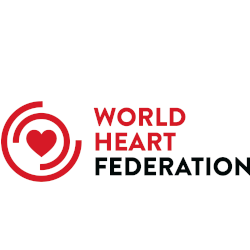Original Research
Surveillance of Noncommunicable Diseases by Community Health Workers in Kerala: The Epidemiology of Noncommunicable Diseases in Rural Areas (ENDIRA) Study
Abstract
Background: India carries the greatest burden of noncommunicable disease (NCD) globally. However, there are few contemporary, community-based studies of prevalence in India. Given the physician shortages in rural areas, large-scale, region-specific studies of NCD using community health workers (CHW) may offer a feasible means of NCD surveillance.
Objectives: This study sought to conduct a large-scale, population-based, CHW-led study of NCDs in Kerala, India.
Methods: In rural Kerala, India, a population of 113,462 individuals was defined geographically by 5 panchayats (village councils). The ENDIRA (Epidemiology of Noncommunicable Diseases in Rural Areas) study was conducted via accredited social health activists (ASHA), who are CHW employed by Kerala state government. After training of ASHA, standardized questionnaires were used during 2012 in household interviews of individuals ≥18 years of age to gather sociodemographic, lifestyle, and medical data.
Results: ASHA recruited 84,456 adults who were included in the analyses (25.4% were below the poverty line). The prevalence of NCD was comparable to contemporary studies in India: myocardial infarction (MI) 1.4%; stroke 0.3%; respiratory diseases 5.0%; and cancer 1.1%. The dietary habits were as follows: 84.1% of the population was vegetarian; 15.9% ate meat/fish ≥1 day per week; 4.2% had ≥1 alcoholic drink per week; and 8.1% smoked regularly. Compared with men, women were older, had lower body mass index, more likely to be hypertensive, less likely to smoke or drink alcohol, and have diabetes or dyslipidemia (p < 0.0001). NCD were more common in men than women: MI (1.9% vs. 0.9%); stroke (0.5% vs. 0.3%); cancer (1.2% vs. 0.9%); and respiratory diseases (5.9% vs. 4.0%) (p < 0.0001). Age 65 years, hypertension, diabetes mellitus, dyslipidemia, smoking, and male sex were strongly associated with MI and stroke. There were high levels of agreement between ASHA and physicians for diagnoses of MI, stroke, hypertension, and diabetes.
Conclusions: CHW effectively conducted a large-scale prevalence study of NCD in Kerala, including prevalence of risk factors. In rural Kerala, traditional risk factors were strongly associated with MI and stroke.
Highlights
- Community health workers can conduct prevalence studies of noncommunicable diseases in the Indian context.
- The information gathered by community health workers by questionnaires shows a high level of agreement with physicians when they ascertain the same information.
- There is significant burden of noncommunicable disease and its risk factors in rural Kerala.
- Community health workers are likely to be important in delivery of effective primary and secondary prevention of noncommunicable diseases.


